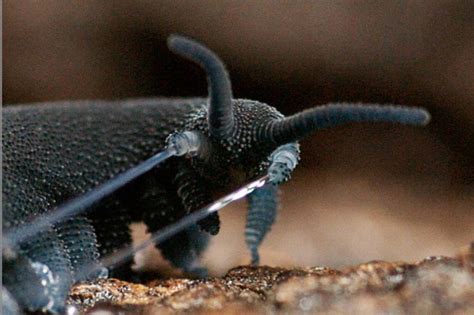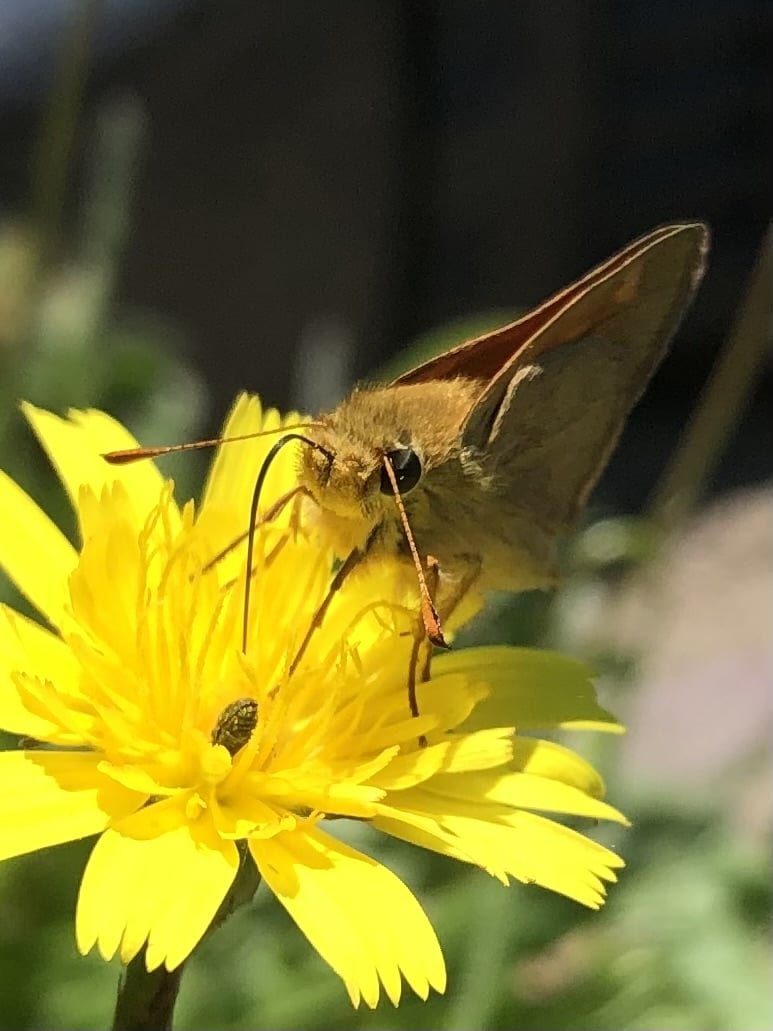Post main photo-
‘Velvet Worm (Euperipatoides sp.)’ by Stephen Zozaya. This velvet worm was photographed during a JCU field trip to Mt. Zero/Taravale Sanctuary, Paluma Range, Queensland, Australia. From flickr
Scientists have described some 180 modern species. They can be found in moist, dark places all around the tropics and Australia and New Zealand. Smaller species are less than an inch long, while the largest reach lengths of about 8 inches. Wired
They use slime as a weapon. Velvet worms are ambush predators, hunting other small invertebrates by night. To subdue their prey, they squirt a sticky, quick-hardening slime from a pair of glands on their heads. After the prey is ensnared, the velvet worm bites into it, injecting digestive saliva that helps liquefy the insides for easier snacking. The slime is energetically costly to make, so velvet worms will often eat any excess slime they have produced to shore up their reserves. Wired

They have lots of little stubby feet. Their feet are described as conical, baggy appendages. Depending on the species, a velvet worm can have between 13 and 43 pairs of feet. The feet are hollow, fluid-filled, and have no joints.
Each little stubby foot has a claw. Each foot is outfitted with a hooked claw made of chitin (lending the group its scientific name, *Onychophora *(‘Claw-Bearers’)). Velvet worms use their claws when walking on uneven terrain; on smoother surfaces, they retract their claws and walk on the foot cushions at the base of the claws. Wired

More info on wikipedia

